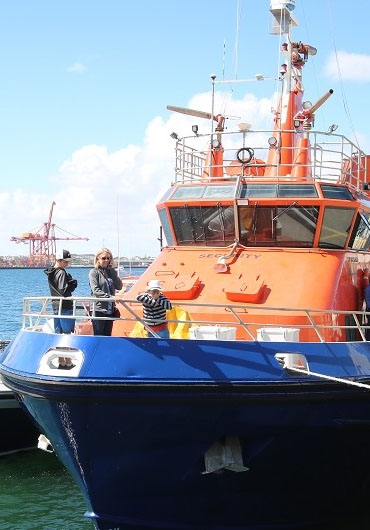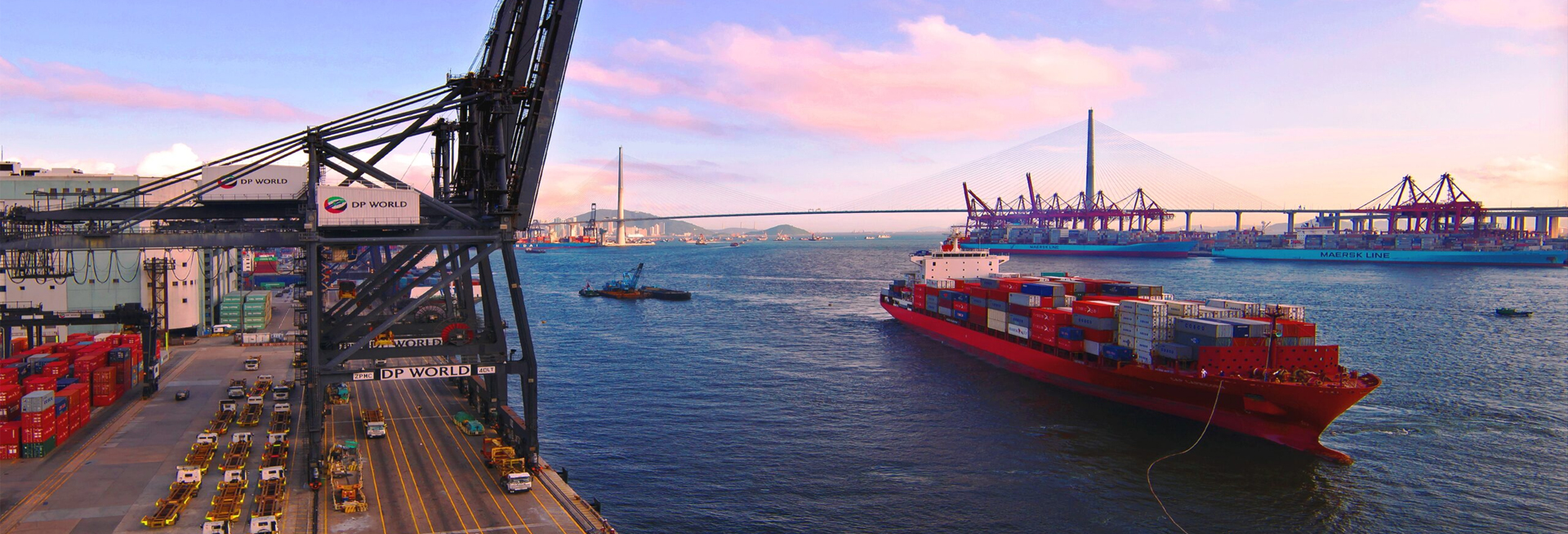Deliverance of regulatory needs and improvement of safety systems
Safety audits represent a structured independent review process for businesses to verify their safety procedures alongside policies and controls against legal requirements and regulations at all times. The audit system enables the identification of risks while also enhancing operational efficiency and building safety improvement practices by continuous methods. Hawksvale UK focuses on performing safety audits that evaluate your business's implementation of industry-standard practices while helping identify and control potential danger points.
What is a Safety Management Systems Audit?
A Safety Management Systems Audit (SMS Audit) consists of a thorough assessment that examines both the safety measures and their performance in stopping workplace accidents and preventing injuries together with workplace hazards. Our audit serves to check whether organisations follow authorised laws together with international safety standards like ISO 45001 and HSE guidelines and other relevant industry requirements.


Why Conduct Safety Management Systems?
An examination must be performed to determine how well-existing safety policies and procedures function.
- Our audit system must detect all poorly performed or nonfunctional safety approaches presently in use.
- Organisations need to demonstrate conformity with existing laws and regulations.
- The organisation needs to enhance staff's understanding of safety protocols and their involvement in safety procedures.
- The organisation can minimise workplace risks while simultaneously preventing accidents on-site.
- Through scheduled safety audits, organisations establish their proactive position for workplace safety prevention alongside cost reductions from incidents.
Importance of Safety Audits in Workplace Safety
At hawksvaleuk.com, our safety audits function as the essential measure to guarantee both workplace compliance and the protection of everyone who works there. Businesses that schedule regular Safety Management Systems Audits obtain multiple advantages, which include:
1. Compliance with Legal Regulations
Violating health and safety laws leads to financial penalties as well as potential legal consequences, which could force organisations to suspend operations. Regular safety audits assist organisations in detecting upcoming regulatory requirements and verifying their adherence to every compliance standard.
2. Reduction of Workplace Hazards
A workplace audit reveals potential risks that include fire hazards together with chemical contacts and unsafe operational areas, thus enabling proactive business action before incidents materialise.
3. Enhanced Reputation and Trust
The strategic emphasis on safety management creates trust between organisations and their workers and customers as well as stakeholders. Safety audits that happen regularly display the company's dedication to workplace security alongside compliance requirements.
4. Cost Savings and Efficiency
Our safety management systems audit protects organisations from accidents, which produces financial benefits through reduced premiums, decreased legal expenses, and higher efficiency because of secure facilities.
5. Continuous Improvement
By performing safety audits, a business acquires relevant information about its weak points so it can improve safety protocols while recalibrating its policies and giving employees proper preparation.
Components of a Safety Management Systems Audit
A Safety Management Systems Audit consists of diverse elements to perform comprehensive safety measure evaluations. The audit process typically covers the following:
Safety Policy Review
The evaluation of current safety policies and procedures must confirm their compliance with industrial benchmarks and valid regulations.
Risk Assessment and Hazard Identification
Process of hazard detection combined with risk evaluation and security measure suggestion to lower potential safety threats in workplaces.
Employee Training and Awareness
The organisation must inspect training sessions for workers to verify their safety capabilities through effective training programs.
Incident Investigation and Reporting
The organisation's systems for accident investigation, as well as reporting procedures and reactive measures, need to be evaluated.
Emergency Preparedness and Response Plans
The organisation’s emergency protocols are assessed for their fire safety protocols, evacuation measures, and first aid preparedness.
Regulatory Compliance Check
The organisation must confirm that its safety protocols match the standards set by ISO 45001, together with HSE regulations along with industry-specific safety laws.
Documentation and Record-Keeping
The evaluation establishes proper management of safety audit reports, together with risk assessment documentation and training records, as well as incident reports.
Steps Involved in Conducting a Safety Audit
A structured methodology must be applied to conduct Safety Management Systems Audits to achieve complete assessment and improvement objectives. The key steps include:
1. Planning the Audit
The systemic procedures must include audit objectives in addition to the defined scope and auditing standards. Our audit team needs members who possess knowledge about safety regulations. The audit should use a checklist which follows the requirements of the specific industrial sector.
2. Conducting the Audit
A thorough inspection of workplace hazards and non-compliance issues takes place. The safety practitioner needs to conduct workplace interviews with employees and managers about their safety practices. Review safety documentation and reports.
3. Identifying Gaps and Weaknesses
An evaluation will determine the difference between existing safety protocols and mandatory regulations. The audit must emphasise dangers that require corrective measures or development improvement programs.
4. Developing an Action Plan
The auditor should present recommended actions to solve safety performance deficits. The team must receive roles which pertain to executing corrective measures. The organisation needs to establish improvement schedules together with monitoring dates for future follow-ups.
5. Monitoring and Reviewing
The organisation needs to perform additional audits that will enable the tracking of safety protocol implementation. A system of ongoing development emerges from institutional safety training and regular update sessions.
How Hawksvale UK Can Help for Safety audits?
The safety management system audit services at Hawksvale UK cater to different industrial sectors. Our experienced safety consultants provide the following:
Comprehensive Safety Audits
Hawksvale UK evaluates safety management systems to confirm their compliance with regulatory and industry standards.
Customised Safety Solutions
The team members at Hawksvale UK design safety approaches specifically for resolving individual workplace issues.
Safety & Compliance
We ensure that your business follows all safety rules and regulations to keep your staff safe and minimize risks.
Employee Training and Awareness Programs
Our organisation maintains deep safety training programs that help organisations reach higher levels of awareness and compliance.
Ongoing Compliance Support
The team continuously monitors business operations to ensure safety compliance standards while preventing possible risks.
Get the Best Safety audits
Need Safety Management systems audit? We are here.We deliver specialised safety auditing that increases safety benchmarks and regulates compliance requirements. Contact us right now to arrange a complete safety audit

Contact Person-
Mr. Haresh Gori (Testing Engineer)Mobile: 9974661241
Email: info.testing@hawksvaleuk.com
Mr. Rajan Sharma (Chief Engineer)
Mobile: 9997036381
Email: info.testing@hawksvaleuk.com
Address: Plot no-266, Ward-2/B,
Near Santoshi Maa Temple, Adipur Gandhidham, Kachchh, Gujarat-370205








